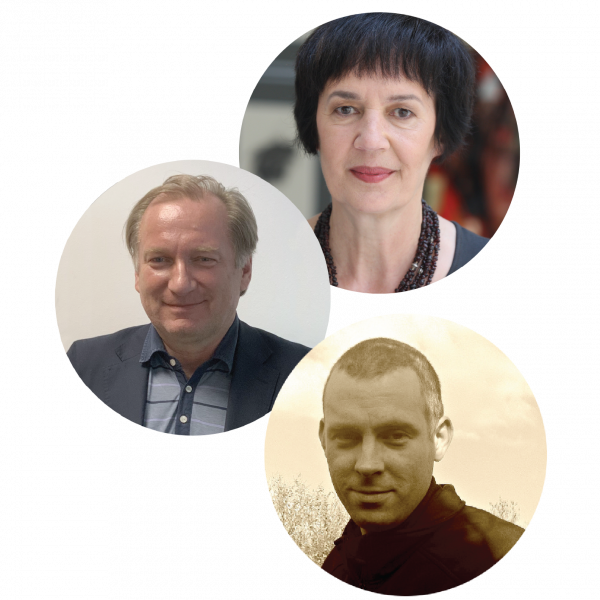Determining the structure-property relationships at multiple length scales is one of the key requirements to enable rational design of new materials. While diffraction techniques offer insight into the long-range structure of solids, many properties are determined by local structure, which can only be accessed using the corresponding techniques, such as total scattering with pair distribution function analysis and nuclear magnetic resonance (NMR). In this lecture, I will focus on magic angle spinning (MAS) solid-state NMR. I will show how high-temperature MAS NMR experiments in the range between 300 K and 700 K enable us to determine the speciation of dopants in a modified ZIF-62 glass, and how we can study surface composition of metal halide perovskites as they react with ambient humidity. These are two very challenging problems rendered straightforward thanks to the element-specificity of NMR.
Methods for semi-automated hypothesis generation from scientific literature: an open science approach
The rapid growth of scientific publications makes it difficult to manually review and keep up to date with new research findings. Literature-based discovery (LBD) is a field of artificial intelligence at the intersection of natural language processing and machine...




